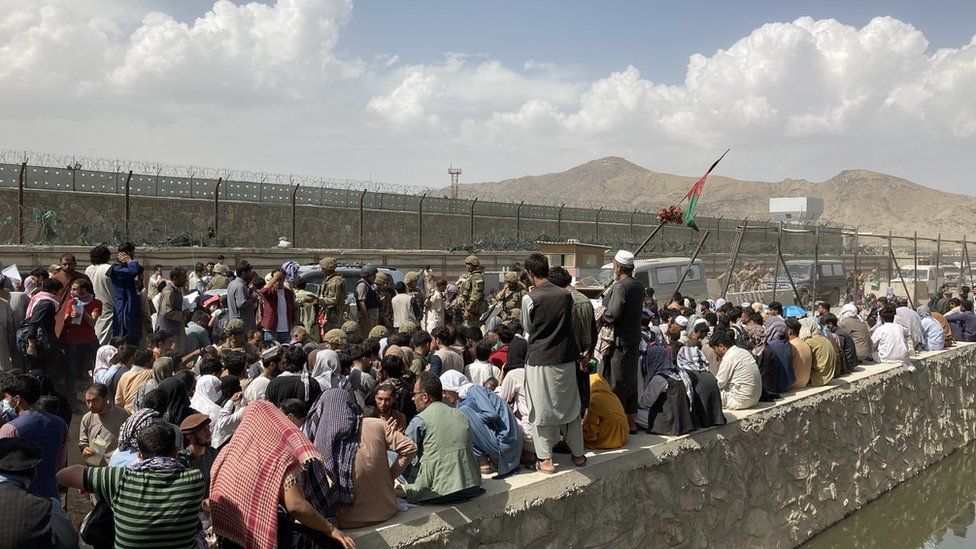On Tuesday we spent the day at the Highland Wildlife Park, an extension of Edinburgh Zoo, set in the spectacular Landscape between Kingussie and Aviemore. From as far back as I remember I was around animals on various farms in Ayrshire and Lanarkshire. I know, cows and sheep, pigs and hens, horses and dogs and cats – they're hardly the most exciting beasts on the earth. Yes, but.
In those first fifteen years of life I was around animals, and learned to respect and care for each creature that shares our space, and has as much right to life, food and shelter as we have. I remember my first visit to Edinburgh Zoo with the school. I was probably about 8 or 9. We went on a bus and were led in singing songs about animals by Mrs Proudfoot, the music teacher and Headmaster's wife – in 1959 that was the designation.
Elephants, lions, tigers, buffalo, giraffes, penguins, polar bears, monkeys. Here's where age becomes a giveaway. I was seeing in colour and real life, animals I had only seen in black and white on our first TV. A very young David Attenborough on Zoo Quest, and Armand and Machaela Denis On Safari, and various other documentaries made book pictures come alive.
I've never lost my fascination with animals, and have never had to be persuaded of animal rights. Later as a Christian I came to think much more deeply about the issues of animal welfare, care of creation, and where my inbuilt resistance and opposition to all forms of animal cruelty originated. This has nothing to do with ideology. Two reasons will suffice, one a story, the other a theological conviction.
The story first. I was alongside my dad as a boy of 8 when I was shocked at the way the farmer's son (a young man by then) used a stick to hit the cows to get them to go into the byre quickly. Dad never, ever, used a stick on 'the beasts' as he called them. He confronted the farmer (who was actually a kindly man himself) and demanded that nobody used a stick on cows that were part of the herd he was responsible for looking after, and keeping healthy. The farmer didn't see it that way, and with no hesitation my father told him, either the sticks went or he did. The farmer tried to reason, that sometimes you had to, and his son didn't mean anything by it.
The result was my father gave in his notice and started to look for another job. That kind of stubborn, obstinate, some might even say unreasonable opposition to inflicting hurt on animals, has never left me. It's a conviction born out of witnessing my father using the only lever he had to prevent what was then an acceptable level of pain to force animal compliance. I'm proud of dad for all kinds of reasons – but I still remember his principled outrage to his employer, and his refusal to compromise or negotiate on the use of a stick on a cow.
The theological conviction that now entwines with such life experiences, came later. Care for creation and all its creatures has grown and strengthened with every decade of my time on a planet rapidly reaching critical depletion. My understanding of God the Creator, and of this natural world as entrusted gift, is enough to fund both compassion for animals and resistance to both animal cruelty and the uncontrolled laying waste of the earth for commercial gain and economic power. So wherever there are those who are working to conserve and care, to protect and preserve, the beauty and diversity of our natural world, my sympathies align with little need to argue the case.
So, back to the Highland Wildlife Park. It doesn't have a huge range of projects, but as a place to watch and wonder at the marvel that is an animal, it is both fascinating and poignant. Pride of place goes to the pair of snow leopards, who recently gave birth to two cubs. But the snow leopards will be for another post. They have a special place in my worldview! The Amur tiger is magnificent, awesome, and one of a disappearing species.
He wasn't for coming out of his den since it was near feeding time, so the photo does no justice to the size and power of this dangerous endangered masterpiece of muscle and size. The photo was taken through three separate steel fences, so I guess that confused the zoom. But for all that, the elusive and hard to get photo of this vanishing tiger is an image that speaks of the terrible consequences of human greed and fear, and of that strange hostility to whatever is greater and more powerful than ourselves.
We control a beast like this with steel fences, and constrain the movements of a body made for jungles and trees, and destroy the freedom to roam and survive on its own. And for good measure, we have virtually erased her habitat so that the future of the Amur tiger is at best precarious and at worst already closed.
